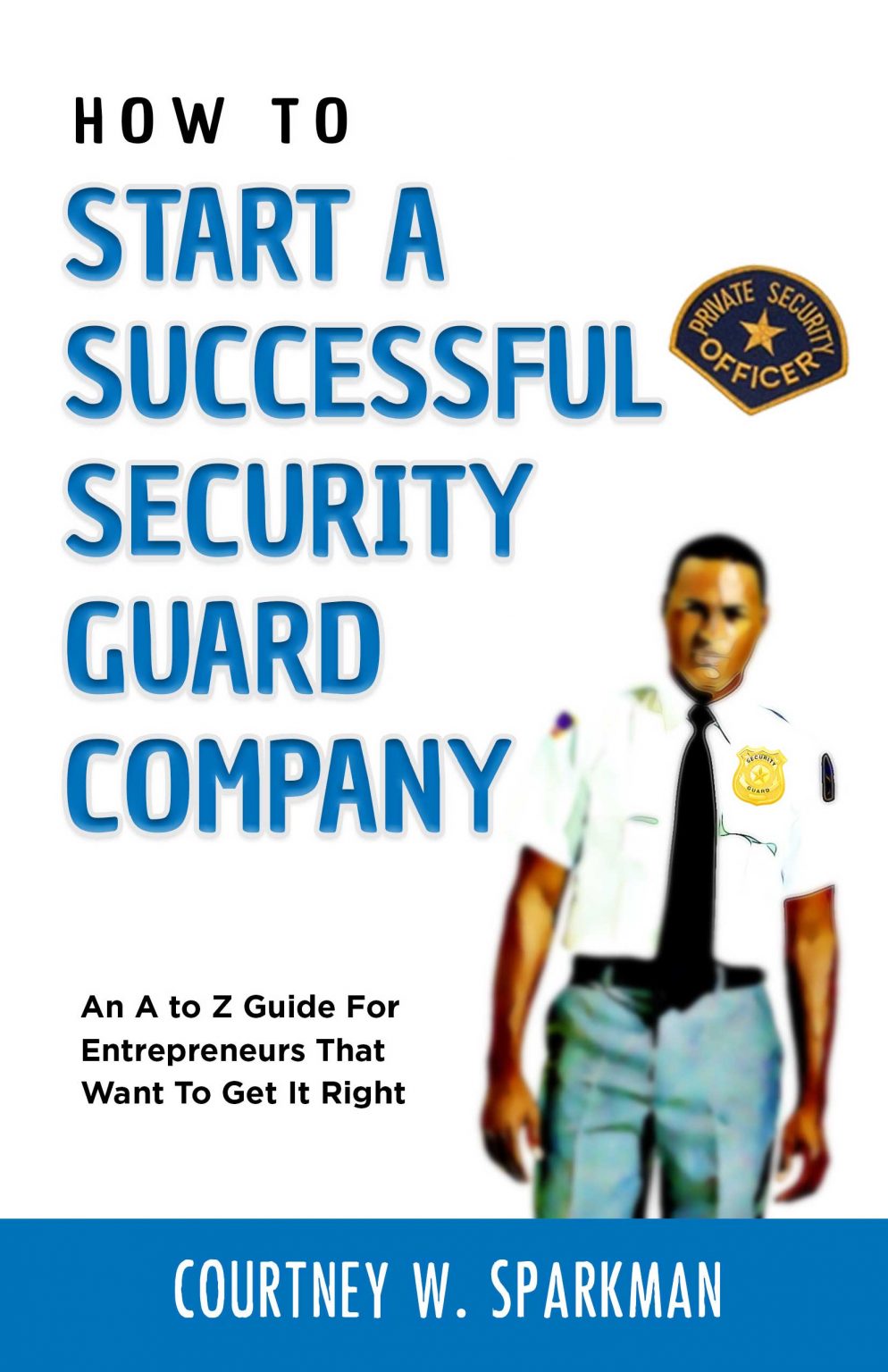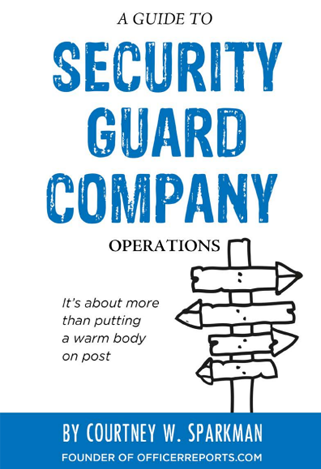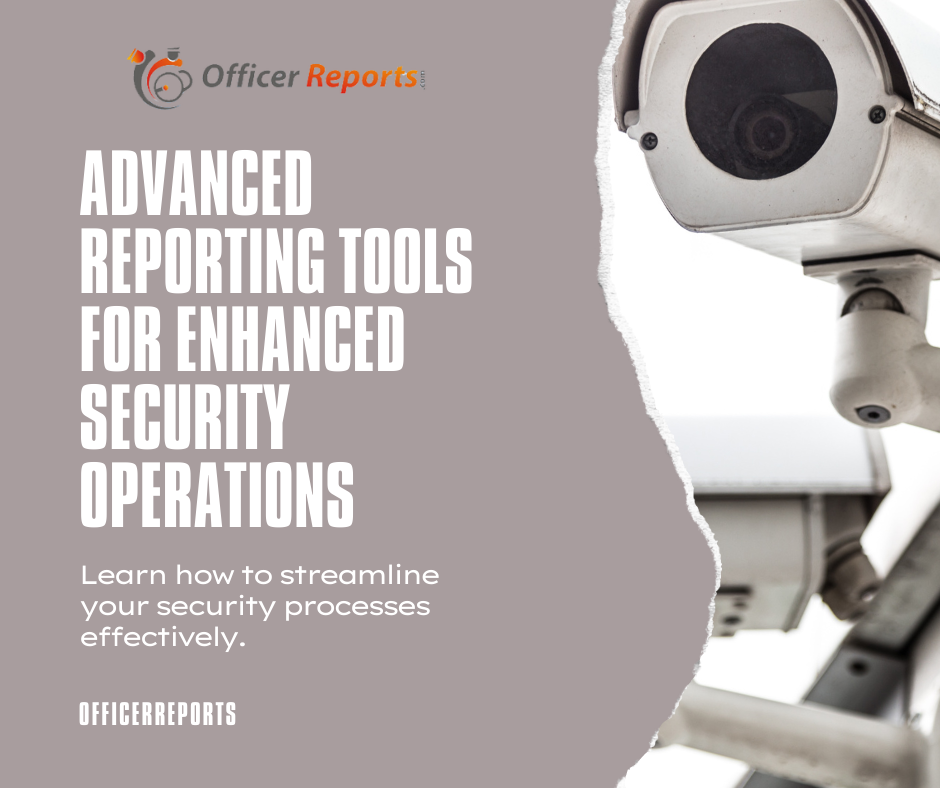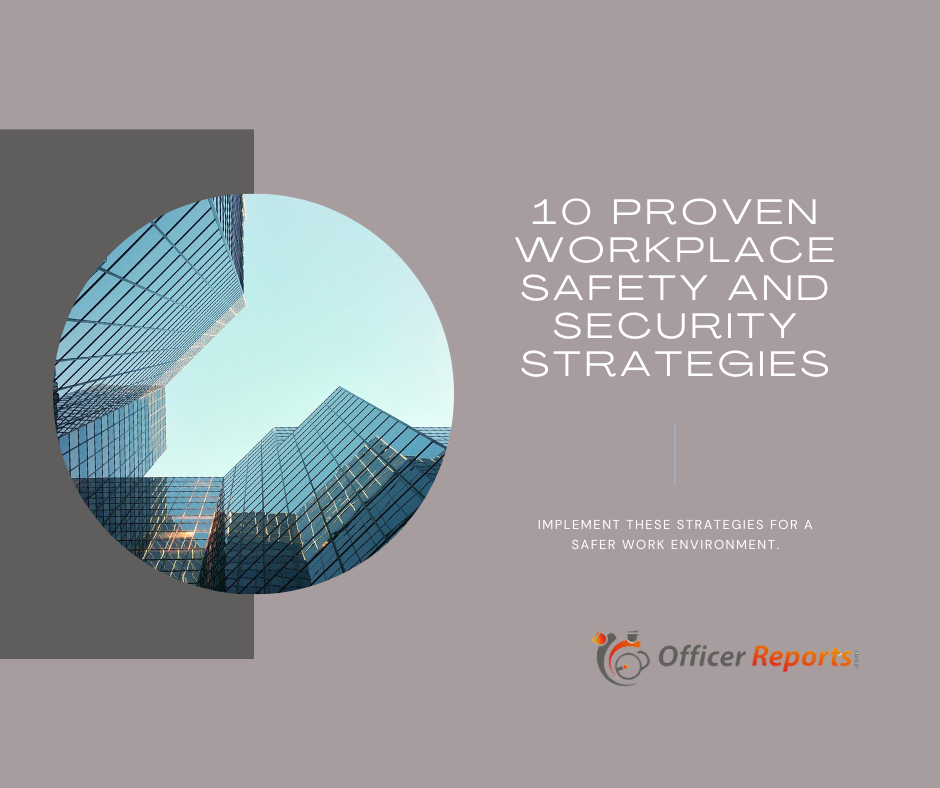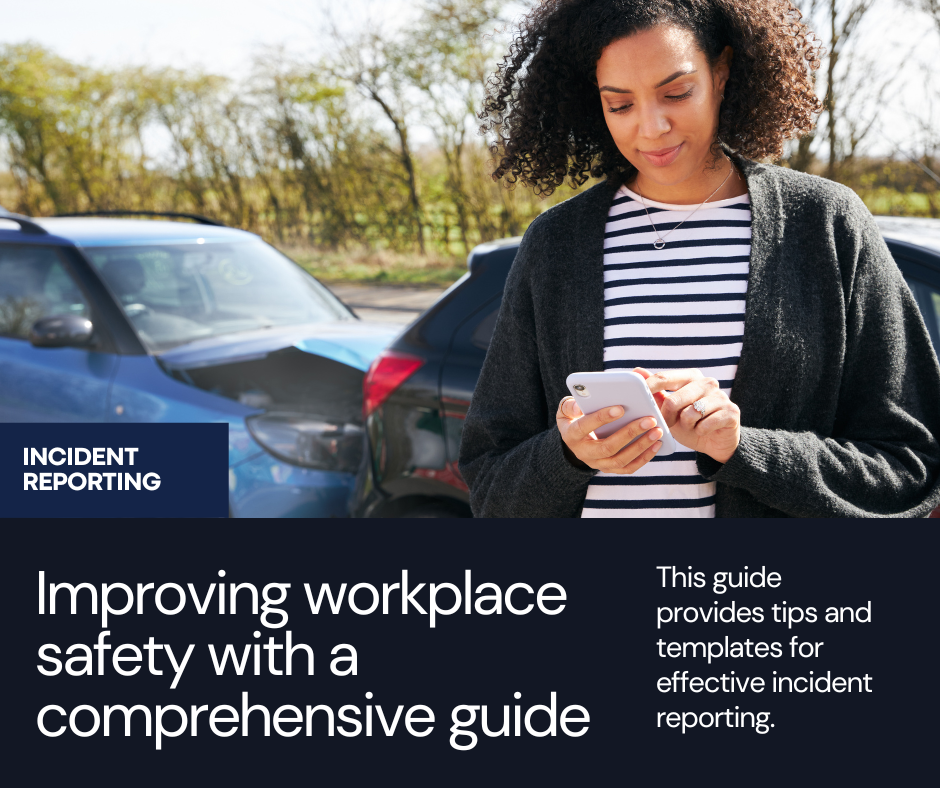- Be extremely useful
- Write great headlines
- Make the post scannable
- Write in a plain, concise, common-sense style
4 Steps To Decrease Workers Compensation Expenses
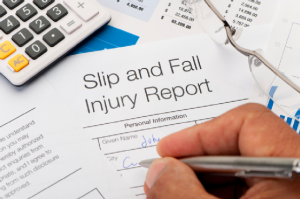 When I first heard Chris Martin, Director of Public Safety and Security for Arlington Park, say that he had reduced Arlington Park’s workers compensation insurance expenses by 75% and decreased the number of accidents by 60%, I was astonished.
When I first heard Chris Martin, Director of Public Safety and Security for Arlington Park, say that he had reduced Arlington Park’s workers compensation insurance expenses by 75% and decreased the number of accidents by 60%, I was astonished.
At this sprawling race track facility, owned by Churchill Downs, they see more than 726,000 customers at the main track and an additional 882,000 at their Off-Track facilities. To support that number of customers, Arlington Park’s staff will swell to 750+ full-time and part-time employees during racing season. With the overall size of the facility, types of jobs, and number of personnel there are many opportunities for work related injuries. After sitting with Chris to discuss his safety program, I came away with the following recommendations:
1) Track and Analyze Your Accidents When Chris arrived at Arlington in 2006, he compiled a list of all accidents that had occurred at the park since 2000. What he discovered was that most accidents were either slips-trips-falls (STFs) or caused by improper lifting. As a result, several policies were implemented. The policy that had the most impact was the mandatory use of non-slip shoes and a daily inspection of footwear conducted by managers. Based on this policy alone, STFs decreased from 20/year to 1/year in addition to an 80% decrease in the associated costs.
2) Train and Educate Your Staff After implementing the appropriate policies, the next step was to train and educate EVERY Arlington Park employee on how to be safe. The safety trainings, which are conducted yearly and typically last for about 2.5 hours, are required for all employees. Although the topics for each training are usually dictated by trends that he sees in the accident tracking, all trainings include STFs, Lifting, Fire Awareness, and Bloodborne Pathogens.
3) Audit Your Staff and Facility Chris and his staff conduct quarterly safety audits at each Arlington Park facility. During the audits the entire facility is inspected to identify areas for improvement. One such audit led to the yellow striping and addition of signage to a troubled area to help prevent customer stumbling. The quarterly audits helped decrease STFs by customers and helped lower litigation costs associated with STF law suits.
During these audits the Safety and Security Staff will also take the opportunity to issue violations for employees that are not following safety policies or issue commendations for people who are in compliance. The violations and commendations provide additional tracking data and serve as a way to identify which departments may require additional training.
4) Incent Your Staff The last and most important step in any safety and security program is gaining the participation of staff members. Chris suggests thinking outside the box when it comes to getting staff actively involved in the program. In his case, Chris will broadcast any safety commendations that are given to employees across their in-house TV screens. Depending on the type of commendation, employees may also receive cash rewards in the form of gift cards.
Additionally, each of his safety and security staff supervisors are tasked with identifying at least five (5) safety violations per month. This 5 violation goal becomes part of the supervisor’s yearly evaluation and has been an effective incentive.
As evidenced by Chris’ success, with the proper tracking, education, auditing, and incentives it is much easier to achieve your organization’s safety and security goals.
If you have questions about how your security force can help you meet your safety and security goals, please feel free to contact us.

